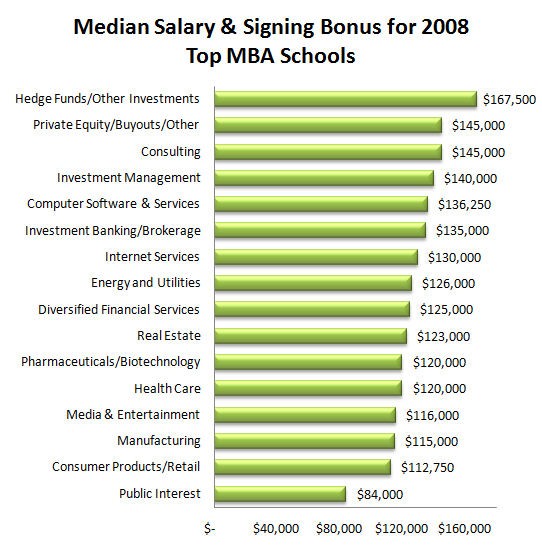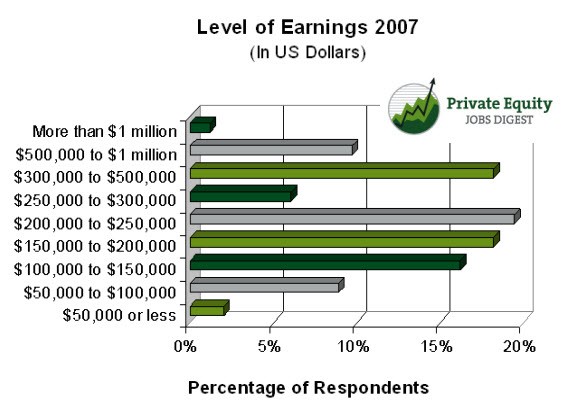Private Equity Salaries
Post on: 24 Май, 2015 No Comment

Private Equity: Before and After 2008
March 3, 2015
After the dot-com bubble burst in 2000, all markets collapsed. However, amidst the rubble, private equity found a bid.
In September 2003, the Carlyle Group and Welsh, Carson, Anderson & Stowe closed the second and final part (Dex West) of their purchase of Qwest Communications’ yellow page directories business. The second part of the transaction was valued at $4.3 billion. The close of Dex West marked the completion of the $7 billion transaction, which was the largest U.S. buyout since 1989 and the third largest in American history. This was the beginning of a private equity boom that grew larger all the way up to just before the crash.
Kohlberg Kravis Roberts and Texas Pacific Group bought TXU Corporation, the largest power producer in Texas, for $45 billion in February 2007. It was the largest leveraged buyout ever. Seven years later, they filed for bankruptcy .
2008 changed the entire financial world, including private equity. The crash punished bad decision making and forced even the best managers into tough spots. As the recovery slowly meanders forward, the dramatic industry shifts and difficult lessons of 2008 become clearer than ever before.
The leaders of Bain’s private equity group wrote an important article called “The New Rules of Private Equity Success .” When Bain speaks, you should listen closely. The authors describe the “new normal” in the marketplace, a state of ultra-competitive business in which only the very best survive. The market is saturated with “premium-priced assets,” which doesn’t make buying low and selling high the easiest job. While it may be tempting to buy high and sell higher, that kind of mindset is what caused the crash in the first place. Getting involved in record-breaking deals might earn you a place in the hall of shame rather than a spot on the Wall Street A-Team.
In an expensive market, what can the private equity manager do?
According to the private equity leaders at Bain, private equity professionals have to dig deeper than ever before by networking extensively with their industry contacts. The due diligence process must become even more rigorous. One has to be on the lookout for “hidden traps” – details that can sabotage entire deals. Likewise, the manager must have a keen eye for “buried treasure” – details that can turn a mediocre deal into the capstone of the firm.
Private Equity Is the Best Performing Asset Class of Public Pension Funds
November 25, 2014
Results from a new study by market research firm Private Equity Growth Capital Council (PEGCC) show that private equities offered the best return for pension funds over the last ten years. The report evaluated the performance figures of the 150 largest public pension funds in the US and found that on the basis of median 10 year annualized returns, private equity investments outperformed all other asset classes including returns from public equity and real estate. Overall, private equity returned an annualized median return of 12.3 percent during the 10 year period, well above the 7.5 percent return the pensions earned on their total investments during the same period.
Pension Funds Biggest Investor Group
Pension funds are the biggest investor group for private equities and account for about 25 percent of the private equity assets. Because of such large capital allocation by pension funds into private equities, the returns from private equity are always closely watched.
The PEGCC study shows that among pension funds the $130 billion Texas Teacher Retirement System had the best 10-year annualized private equity returns for the period ending fiscal year 2013. It returned an annualized 18.2 percent from its PE investments for the last 10 years. Following Texas Teacher Retirement System in second place was the $60.7 billion Massachusetts Pension Reserves Investment Trust, Boston which returned an annualized 17.8 percent. The $63.8 billion Minnesota State Board of Investment, based in St. Paul, ranked third and earned 16.2 percent from its PE portfolio.
For most public pensions, private equity is a bright spot in an otherwise troubled landscape. A recent report from State Budget Solutions. a non-profit organization advocating state budget reform, found that State employee retirement systems are underfunded by a total of $4.7 trillion. Given this alarming statistic, a strong performance on their private equity portfolio is a welcome relief for pensions.

Most public pensions target 8 percent return for their investments. The PEGCC study shows that private equity is the only asset class that beat the target return for the 10 year period ending fiscal year 2013. In comparison to the annualized median return of 12.3 percent on their PE investments, pensions earned only 7.5 percent return on their total investments, 7.9 percent from public equity investments, and 7.4 percent from real estate investments during the same 10 year period.
Among the pensions, the California Public Employees Retirement System (CalPERS) invests the most in private equity. It has $32.3 billion in PE investments, followed by the California State Teachers’ Retirement System, which has $21.9 billion in private equity. The Washington State Investment Board, based in Olympia, is the third largest private equity investor among pensions with investments of $16.2 billion. On average, pension funds allocate 10 percent of total assets to private equity.
PE Investment Strong in 2014
A separate report from PEGCC shows that despite a seasonal decline in the third quarter, private equity is on track for the largest investment volume in the US this year since before the 2008 recession. For the third quarter, PE investments totaled $123 billion, down from $136 billion in the second quarter and from $140 billion in the first quarter. The nine month total of $400 billion in PE investment this year is on pace to exceed 2013 full year figures of $443 billion.
Commenting on this year’s private equity investment levels, PEGCC vice president Bronwyn Bailey says, “We saw a seasonal dip in the third quarter, but we are tracking toward 2014 having the most private equity investment volume in seven years,”.
Relevance to Job Market
The strong outperformance of private equity pension investments versus the other investment classes of pension funds will be viewed favorably by the investor community. This could give private equities the edge when they compete for investor funds with other alternative investment vehicles such as hedge funds.
The strong investment figures this year among private equity firms reflects improving confidence among fund managers in the stability of the US economy. Unlike a few years earlier, fund managers now feel more confident in raising capital and are able to sell off assets at desired prices easily. This positive shift in the underlying dynamics of the capital markets is likely to be positive for the job market.














